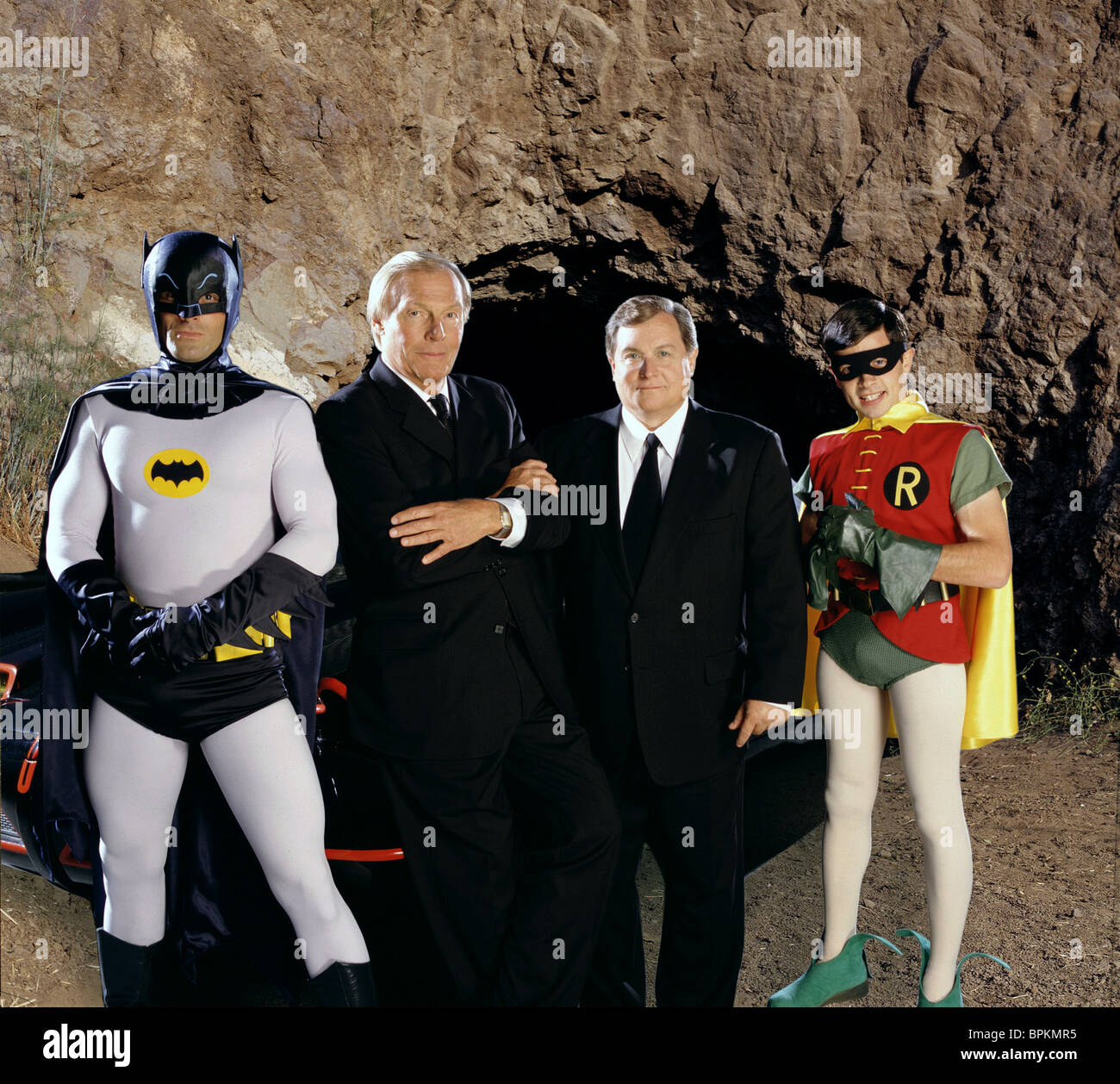

The function iterates through the WebVTT and SRT files in the input folder and for each file, it extracts the caption text, converts it into a delimited text file using an HTML ( ) tag, and places it in the captions-in folder of the Amazon S3 bucket. In this architecture, uploading the file with triggerFileName triggers the Lambda function -S3CaptionsFileEventProcessor. We explain Steps 3–7 in more detail in the following sections.

The workflow includes the following steps: The following diagram illustrates the workflow of our solution. Amazon Translate supports the ability to ignore tags and only translate text content in HTML documents. This solution uses Amazon Translate, a neural machine translation service that delivers fast, high-quality, and affordable language translation. Multi-language video subtitling and captioning solution WebVTT stands for Web Video Text Track, and is becoming a popular format for the same purpose. SRT stands for SubRip Subtitle, and is the most common file format for subtitles and captions. Captions or subtitles are normally represented in SRT (.srt) or WebVTT (.vtt) format.
#RETURN TO THE BATCAVE ENGLISH SUBTITLES SRT HOW TO#
In this post, we show you how to create an automated and serverless pipeline to translate captions and subtitles using Amazon Translate, without losing their context during translation.Ĭaptions and subtitles help make videos accessible for those hard of hearing, provide flexibility to users in noisy or quiet environments, and assist non-native speakers. To make these videos accessible to a larger audience, you can provide translated captions and subtitles in multiple languages. Your company might carry a large collection of videos that include captions or subtitles. Video is a highly effective a highly effective way to educate, entertain, and engage users. September 2021: This post and the solution has been updated to use the Amazon EventBridge events notifications in Amazon Translate for tracking Amazon Translate Batch Translation job completion.


 0 kommentar(er)
0 kommentar(er)
